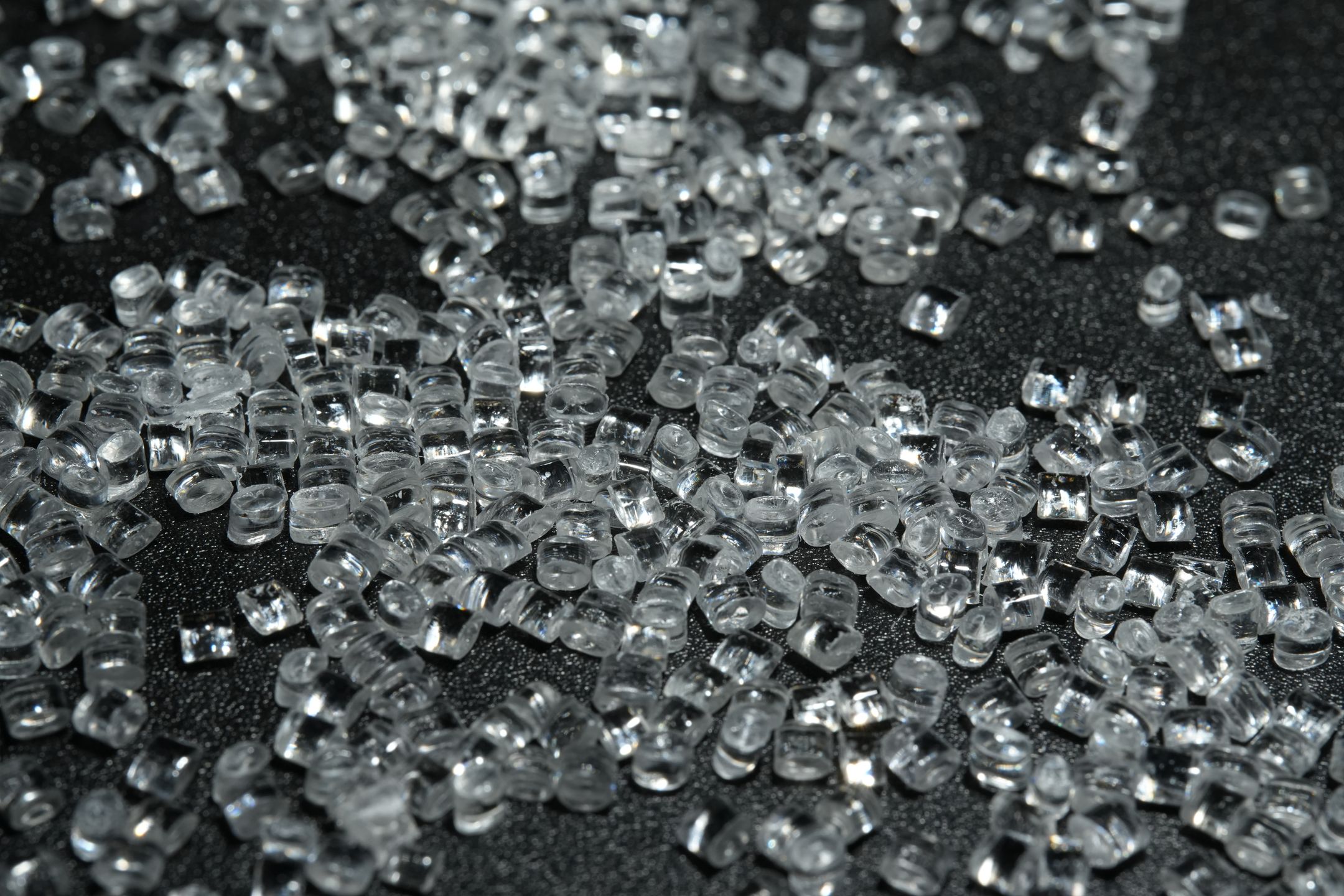
Understanding the Thermal Conductivity of PET
When we talk about the various materials used in everyday products, PET (Polyethylene Terephthalate) is a common name that pops up. From water bottles to clothing, PET has become an integral part of our lives. But have you ever stopped to consider the thermal properties of PET? Specifically, its thermal conductivity? If you're like most people, probably not! But for those interested in material science or simply looking to make informed choices about the products they use, understanding thermal conductivity can be valuable.
What is Thermal Conductivity?
Before diving into PET's thermal properties, let's first clarify what thermal conductivity means. In simple terms, thermal conductivity is a measure of a material's ability to transfer heat. Think of it like this: if you've ever held a metal spoon in a hot pot of soup, you've felt the heat quickly traveling up the spoon's handle. That's because metals generally have high thermal conductivity. Conversely, materials like wood or rubber, which don't heat up as quickly, have lower thermal conductivity.
So, What About PET?
Now, where does PET stand on this spectrum? PET is a type of polymer, and like most polymers, it doesn't conduct heat as efficiently as metals. Its thermal conductivity is relatively low, lying in the range of 0.15 to 0.24 W/(m·K). What does this mean in practical terms?
Well, think about why PET is so popular for making beverage bottles. When you hold a PET bottle filled with a cold drink on a hot day, the outside of the bottle doesn't get as cold as the liquid inside. This is because PET's low thermal conductivity helps to insulate the drink, keeping the cold inside and the warmth outside.
Benefits and Uses of PET's Thermal Conductivity
There's a reason why PET has become such a versatile material in various industries. Its low thermal conductivity, combined with other properties like strength and flexibility, makes it ideal for several applications:
-
Insulation: PET can be used as an insulating layer in jackets, sleeping bags, and other outdoor gear. Its ability to trap heat ensures that you stay warm, especially in cold conditions.
-
Packaging: As mentioned earlier, PET bottles help maintain the temperature of the liquid inside, making it a preferred choice for packaging beverages.
-
Electronics: PET films can act as thermal insulators in electronic devices, protecting them from potential overheating.
How Does PET Compare to Other Materials?
When compared to other polymers, PET's thermal conductivity is pretty standard. For instance, materials like polystyrene or polypropylene also have low thermal conductivity values, making them good insulators. However, PET often stands out due to its additional attributes like clarity, recyclability, and chemical resistance.
Conclusion
In a world that's increasingly leaning towards sustainable choices and energy efficiency, understanding materials like PET becomes crucial. Its low thermal conductivity, combined with other beneficial properties, ensures that PET remains a preferred choice for various applications. So, the next time you pick up a PET bottle or wear a jacket made from PET fibers, you'll know a bit more about the science behind its design and why it functions the way it does.

